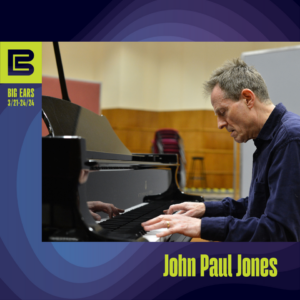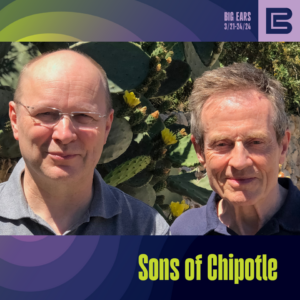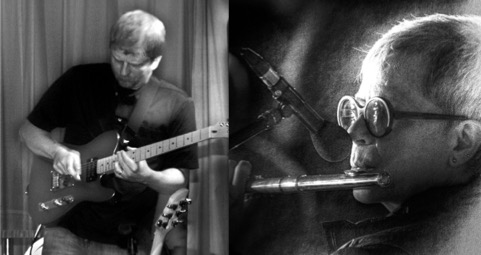misfold is a piece for pipe organ and Kyma electronics, commissioned by Franz Danksagmüller for org_art_lab in Hamburg 6-12 November 2023, a workshop dedicated to collaborations involving art, science, and the pipe organ. But not just any pipe organ…

The HyperOrgan that Franz helped design for St Nikolai church has been augmented with new timbres, percussion sounds, enhanced touch sensitivity and air-flow control, microphones placed among the pipes for electronic signal processing, speakers in the loft so you can blend the organ sound with electronic sound synthesis, and bidirectional MIDI control. The console in the loft has five manuals and a pedal board, each one controllable by a separate MIDI input channel, with the ranges and timbres controlled by the stops.
In keeping with the theme of the workshop (hyper-organ-art & science collaborations), the composer employed data from protein-folding simulations computed at Martin Gruebele’s lab at the University of Illinois to generate the sound and structure of the piece.
Why is it named misfold?
It feels like we’re at a tipping point, and it’s unclear which direction things will take. There’s a pervasive sense of instability across multiple spheres — political, cultural, technological, economic, climatic:
- Will these instabilities continue to increase, resulting in a catastrophic breakdown?
- Will we “mis-fold” into a familiar & somewhat comfortable, but sub-optimal state?
- Or could we use this time of instability to explore possibilities that we haven’t thought of trying before and maybe discover a better way forward?
MISFOLD by Carla Scaletti from Franz Danksagmüller on Vimeo.










